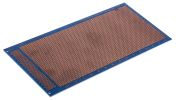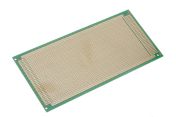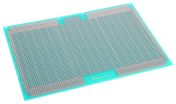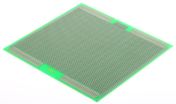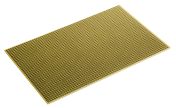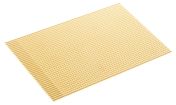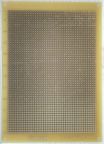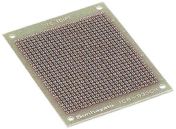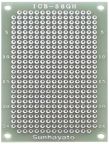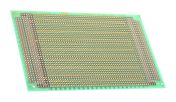Matrix Boards
Matrix boards and beadboard jumper wires play a crucial role today in the world of electronics more than you can imagine. These wires are charactered by connector pins at each of their ending points. Their role is to ensure that two or more points can be connected together without the use of a solder iron.
Having understood what breadboard jumper wires are including how they can be used. It is high time we talked about a matrix circuit board. Read the details below for a better understanding.
What Is A Matrix Board?
A matrix circuit board is a form of prototype circuit board. Its primary role is ensuring electrical components are laid out in a secured manner. Whether it is the building of analogue circuit or high frequency, matrix boards can prove useful for your electrical projects. Furthermore, whenever a matrix board is being used, tinned copper wire is required for soldering and joining of electrical parts.
Of course, when connections get soldered to the board, they will be more secured. Also, it should be noted that a PCB matrix board is very much different from the normal breadboard prototyping.
What Are Matrix Boards Used For?
Just as mentioned above, matrix boards ensure that electrical components are properly laid out. They can have the schematic diagram of a circuit converted into a printed circuit board layout. Some of its advantages are:
- For easy identification, wires can be color-coded
- They are perfect for circuit building
- They ensure electrical parts or components are properly positioned and soldered
- They are lightweight and compact
- And many more
Types of Matrix Boards
Matrix circuit board
A matrix circuit board is usually of various types. In fact, understanding the various matrix board sizes can help you make the right decisions about which option will be ideal for your project. Such knowledge can be of great help during your circuit building activities. For instance, a typical matrix circuit board can be categorized into single, double or even multi-layered.
It all depends on the copper which has been used. The multi-layered matrix boards have some advantages that others don't have. For instance, they are always known to be lightweight.
If you are still confused about which matrix circuit board to use, don't hesitate to contact us today. Our team will make all the necessary recommendations to ensure you make a sound decision on which one to purchase.
Popular Searches
Related links
- Hammond Matrix Board
- Drill Stands
- Phoenix Contact Matrix Board
- Takachi Electric Industrial Matrix Board
- Sunhayato Double Sided Matrix Board FR4 0.9mm Holes 160 x 115 x 1.6mm
- CIF Single Sided Matrix Board 1mm Holes, 50 x 100mm
- CIF Single Sided Matrix Board FR4 1mm Holes, 160 x 200mm
- CIF Double Sided Matrix Board FR4 1mm Holes, 160 x 100 x 1.5mm

